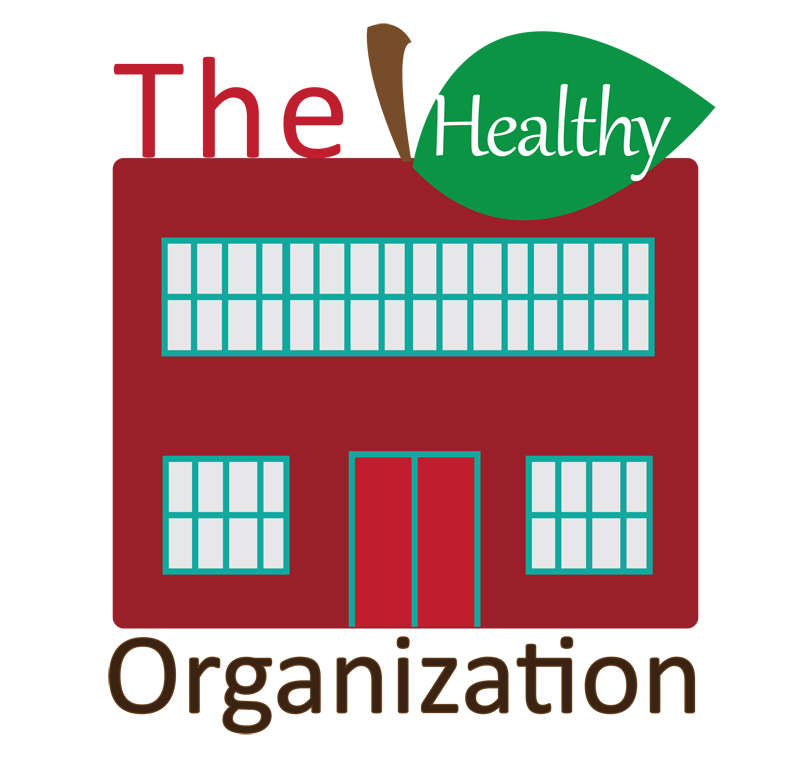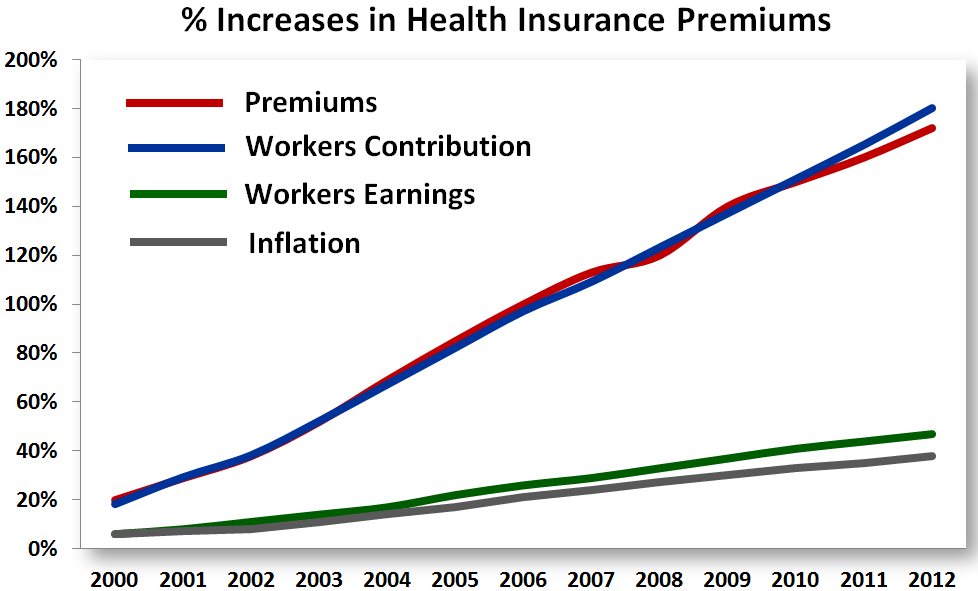Changes brought on by the recent healthcare reform have impacted employers significantly…
Employees, understandably, want to ensure that above all else, their health-care needs are met. And although organizations want that for their employees as well, their profit margins need to be protected. The issue for both parties is the expense of paying for health care. As conveyed in the chart below published by the Kaiser Family Foundation, the rise of health care premiums has increased drastically over the years and not in unison to employee earnings.
Employers are scrambling for answers to the rising costs that simply aren’t affordable. Companies with more than 50 employees who are unable to pay for health insurance will suffer a penalty. As a result, employers have resorted to various not so positive solutions:
A. Positions are being cut altogether
B. Many organizations are flocking to temporary employment agencies instead. Hiring on part-time or in some cases full-time employees through temp agencies prevents the company from being responsible for their health care costs.
The reality is that these attempts are no more than temporary bandages. In terms of organization effectiveness, downsizing not only has negative outcomes on employee morale, but also jeopardizes the competitive advantage of the organization, given that the hired employee was key talent. Furthermore, hiring temporary employees could potentially harm “fit” testing. Meaning if an employee is brought onboard to fill a role, by a third party, chances are the pre-employment assessment required was most likely minimal in terms of cultural and people fit. Consider that productivity and performance tend to be lower among temporary employees.
The long-term picture should look something like this: organizations looking to overcome the current health care reform situation should utilize the following tips.
 Healthcare Reform Tips for Employers:
Healthcare Reform Tips for Employers:
1. Take in to account the actual root of the issue. Part of the ongoing concern for employers is the cost of health insurance associated with employees’ lifestyles. In other words, employees are increasingly living less healthy lifestyles. Risk factors such as obesity, smoking, and alcohol over-consumption are notably on the rise. Two thirds of the adult population is obese and nearly half of the US population suffers from chronic health conditions.
2. Hire with the goal in mind, if you have to layoff, do it to strike the right fit. A new hire is more than a workhorse; he/she is an important pawn within the chess board. The right mix is what it takes to have a checkmate scenario, not the right number.
3. Having considered more realistically about the ramifications of your organization’s strategy for growth, you will realize that the core of the problem lies in employee behavior embedded within leadership. Productive employees are healthy employees. It is time to look at valued options which grow the organization not only size wise, but intellectually. A detailed and effective wellness program communicates value to the employee and the employee in turn mobilizes to be in line with the mission. Healthy organizations are the wave of the future.
A win-win situation for employers and employees translates as a strong reliable company for clients, shareholders and employees alike. Leadership realizes what the public doesn’t. Effective wellness programs build the foundation for a strong core for many years to come.






